Cash
Through a current account
In installments through the PIO fund for pensioners
Electronic card (Visa, Master, Dina, etc.)
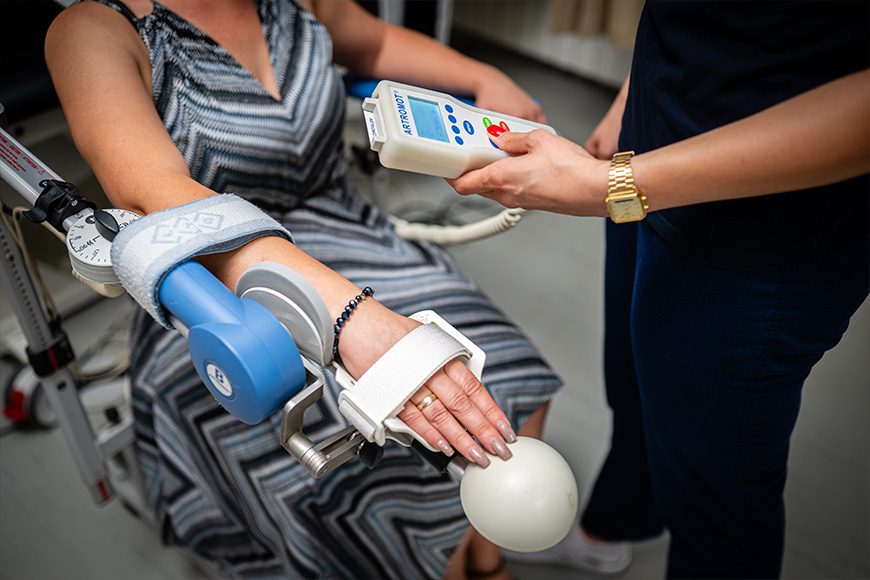
Shockwave therapy
Fokus Fizical 100% guarantees fast and effective healing
Super DISCOUNT! 20% on all therapies in August!
Do not treat yourself over the Internet! Make an appointment via Viber now!
Robots in physical therapy represent modern technology used to rehabilitate patients through automated and precise treatments. These devices are designed to support physiotherapists and improve rehabilitation processes, enabling more efficient and faster recovery of patients with various injuries and chronic conditions.
Rehabilitation of CPM robots at Focus Fizikal
Passive and active movement therapy is an indispensable part of postoperative orthopedic rehabilitation with CPM robots
The CPM robot is an apparatus for continuous passive movement of the shoulder joint with the possibility of movement, elevation, adduction, abduction, internal and external rotation. Passive range of motion means that the joint moves without using the patient's muscles. Continuous passive motion devices are used after surgery, both in the hospital and at home. A motorized CPM device gradually moves the affected joint through a prescribed arc of motion over an extended period of time.
CPM can be used for the left and right hand and allows us maximum precision in performing the given movements.
The patient does not feel any pain when performing the movement, the therapy is carried out with the help of a doctor and a physiotherapist, lasting 45 minutes.
This type of treatment certainly accelerates the course of treatment in patients after prolonged immobilization of the shoulder, fractures of the bones that make up the shoulder joint, PAHS, frozen shoulder, impingement.
Passive movement is very important in rehabilitation:
Robotic systems in physical therapy function on the basis of several key principles:
Using robots in physical therapy has several positive effects on patients:
Robotic systems in physical therapy are used for:
Contraindications
Although robots in physical therapy offer many advantages, there are also certain contraindications:
The duration of robot-assisted therapy can vary, but usually lasts between 30 and 60 minutes, depending on the specific needs of the patient and the type of robotic system used.
Recommendations for Patients
Robots in physical therapy represent a revolutionary technology that enables more efficient rehabilitation of patients. Their ability to automate processes, provide tailored treatments and motivate patients makes them a valuable addition to physiotherapy practices. With the right approach and support, robotic therapy can significantly improve patients' quality of life and speed up their recovery.
What are robots in physical therapy?
Robots are automatic devices used to rehabilitate patients, providing support in performing exercises and monitoring progress.
How do robots work?
The robots use sensors and algorithms to track patient movements, adjust exercises and provide feedback.
What are the indications for using robots in therapy?
They are used for rehabilitation after injuries, chronic diseases, functional injuries and in elderly patients.
Is robotic therapy sick?
Robotic therapy is usually painless, but may cause mild discomfort in patients with serious injuries.
How long does one robot therapy treatment last?
The treatment usually lasts between 30 and 60 minutes, depending on the patient's needs.
Are there any contraindications for robotic therapy?
Yes, contraindications include severe cardiovascular disease, acute conditions and mental problems.
How do patients prepare for robotic therapy?
Patients should be informed about the process and cooperation with the therapist during rehabilitation.
Are robots replacing physical therapists?
Robots do not replace therapists, but support them in the rehabilitation process.
How do robots help motivate patients?
The interactive aspects of robotic systems often include games and challenges that motivate patients to actively engage in therapy.
When can I expect results after robotic therapy?
Results vary, but many patients notice improvement after just a few sessions.
Shockwave therapy calcification in the shoulder
4.500 din -
3.500 din
4.500 din -
3.500 din
Physical therapy for treating frozen shoulder (without kinesitherapy).
3.500 din
3.500 din
Cash
Through a current account
In installments through the PIO fund for pensioners
Electronic card (Visa, Master, Dina, etc.)
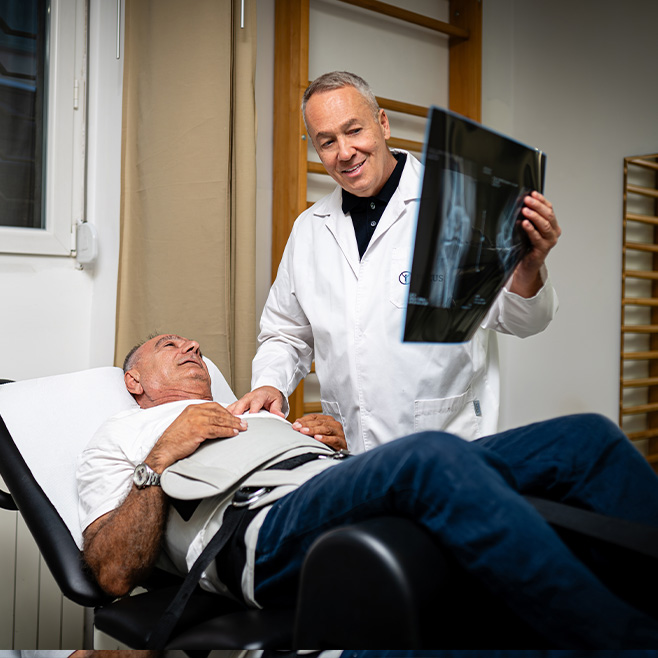
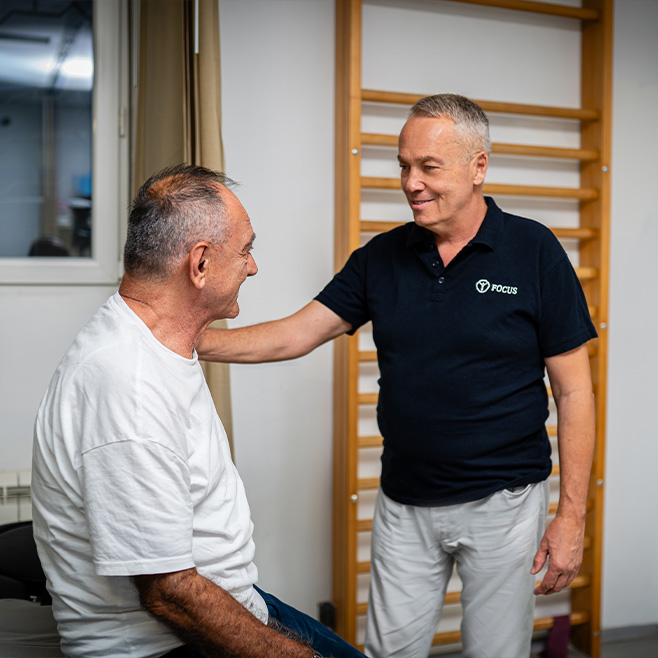
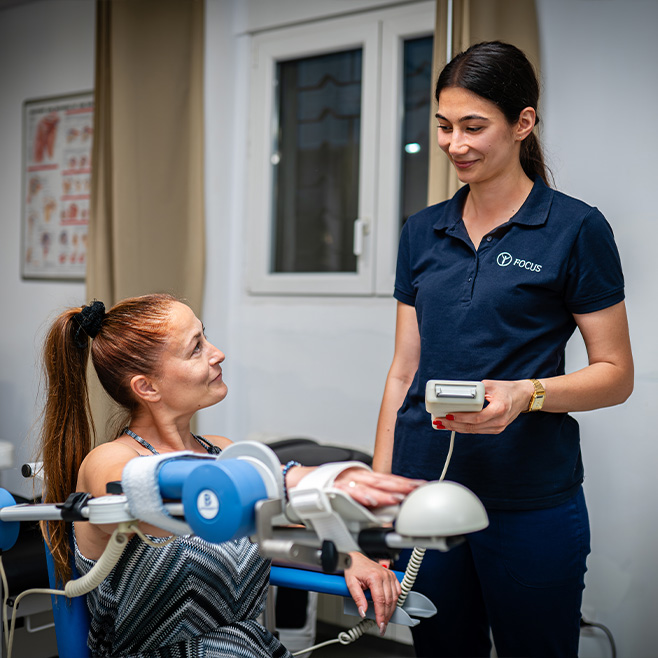
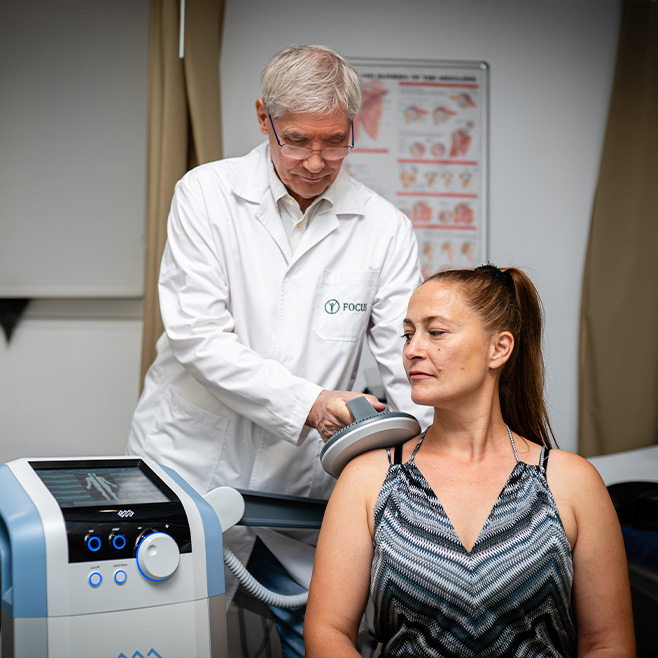
See the experiences of our satisfied patients who successfully recovered with the help of our physical therapy. Get acquainted with the testimonies of patients who faced various joint injuries, sports knee injuries, back injuries and similar problems, which we quickly, efficiently and successfully treated.
Aesthetic surgery
Focus Fizikal is a leading private clinic for physical therapy in Belgrade. For more than 10 years, we have been providing high-quality services that enable quick recovery and healing of our patients.
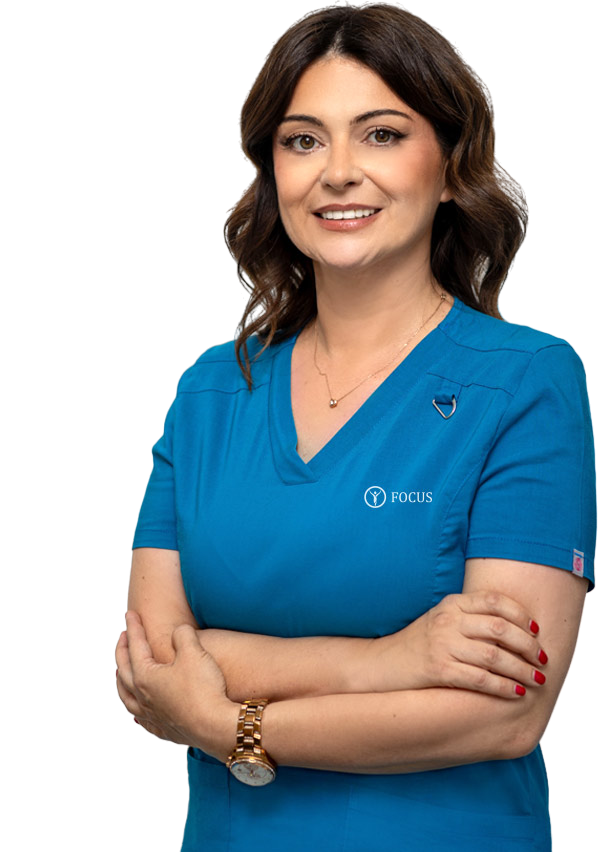
For all our current and future patients, we have made it possible to schedule an appointment online.